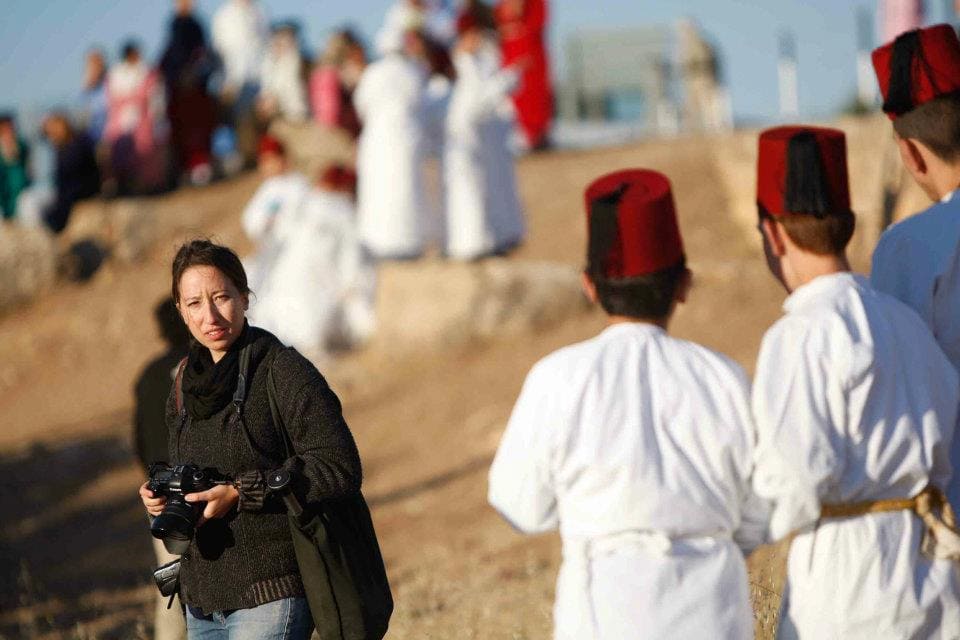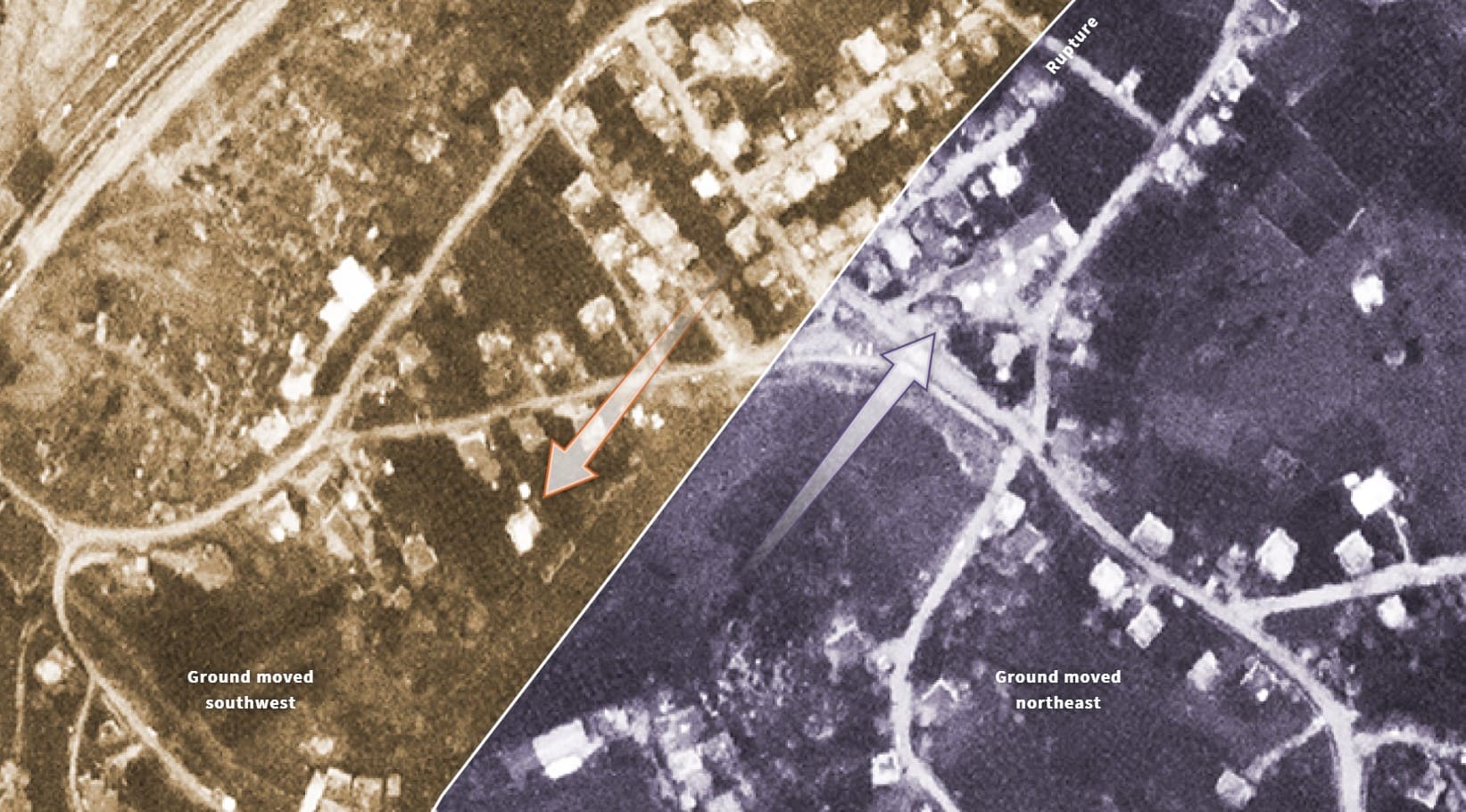Photo credit: Hypebeast and Julian Cassidy
Headline anxiety can get the best of us. It’s difficult for audiences to stay optimistic when they are inundated with news that makes them feel powerless. If we take climate change, for example, a very real and scary global crisis, much of the news that we see today is about the irrevocable damage to the environment. Like many, I sometimes feel there’s nothing I can do so I just skip the news article about how f*cked we are. But as bleak as the media can seem at times, there are tools that we as visual storytellers are armed with to turn that around.
My friend and NPR journalist, Diaa Hadid, recently shared a compelling piece on climate change language in my Master Visual Storytelling group. Rebecca Huntley for ABC National Radio’s article splits the public into six groups on how they respond to climate change.
Huntley’s research is broken down into:
- alarmed
- concerned
- cautious
- disengaged
- doubtful
- dismissive
The article underlines the language used, and how to motivate people under the crushing urgency of this global issue. For example, those who are cautious and disengaged are more likely to be turned off by urgent terminology, and those who are concerned are mixed – some are compelled to action, while others are not.
I found inspiration from this quote from Huntley —
“My research has taught me important lessons about climate change communication: be solution-focused and positive, understand the values of the people you are trying to convince, do not fuel division and conflict, and relate solutions to our sources of happiness and common concern.”
This is also important for us as visual storytellers — in order to keep the momentum going, we need to convey positive calls to action.
Recently, I came across a well done scrollytelling piece – Chasing Climate Change. It takes us through the changing landscape of Finland and how rising temperatures are having a devastating effect on the country. Without a doubt, audiences need to be privy to what’s happening. However, up until the end, the message felt bleak and hopeless. Finally, in the last section, they told us that there is still time to make a change. (Phew, now I don’t feel as bad and we are going to be ok! *joking*). However, they neglected to add any call to action to their readers. As per the research above, their message would resonate with the alarmed group, and they don’t really need any more convincing. If the goal was to try to mobilize more people, in my opinion, it fell a little short.
What can we do?
Finding a way to empower your audience is essential. Last year, I made a YouTube video on Instagram stories done well. I take you through @attndotcom’s #hydratelike story highlight from the Museum Of Plastic in New York City. Actor Adrien Grenier starts off the series with a clear message about single-use plastic bottles, and how viewers can make a change in their own life. The IG story offers interesting questions to engage the viewer while learning about their own usage of plastic water bottles. Viewers walk away from this story armed with action that can be implemented that day.
#hydratelike is just one example of impactful storytelling. The message still maintains its urgency but in an uplifting and constructive way. When viewers connect to an issue and feel like they have the ability to do something, a call to action will have a greater effect, and hopefully, create a more engaged audience.



